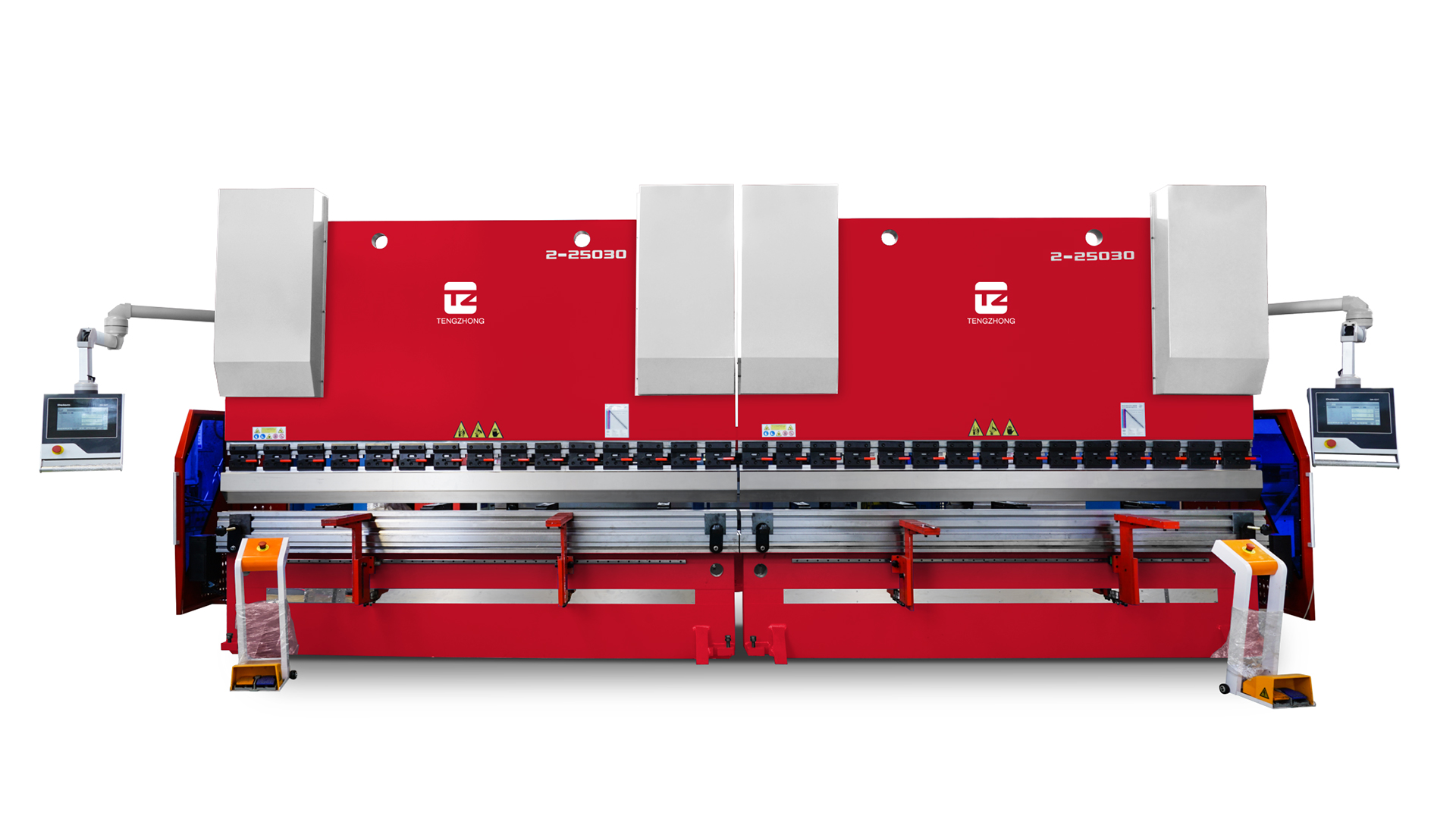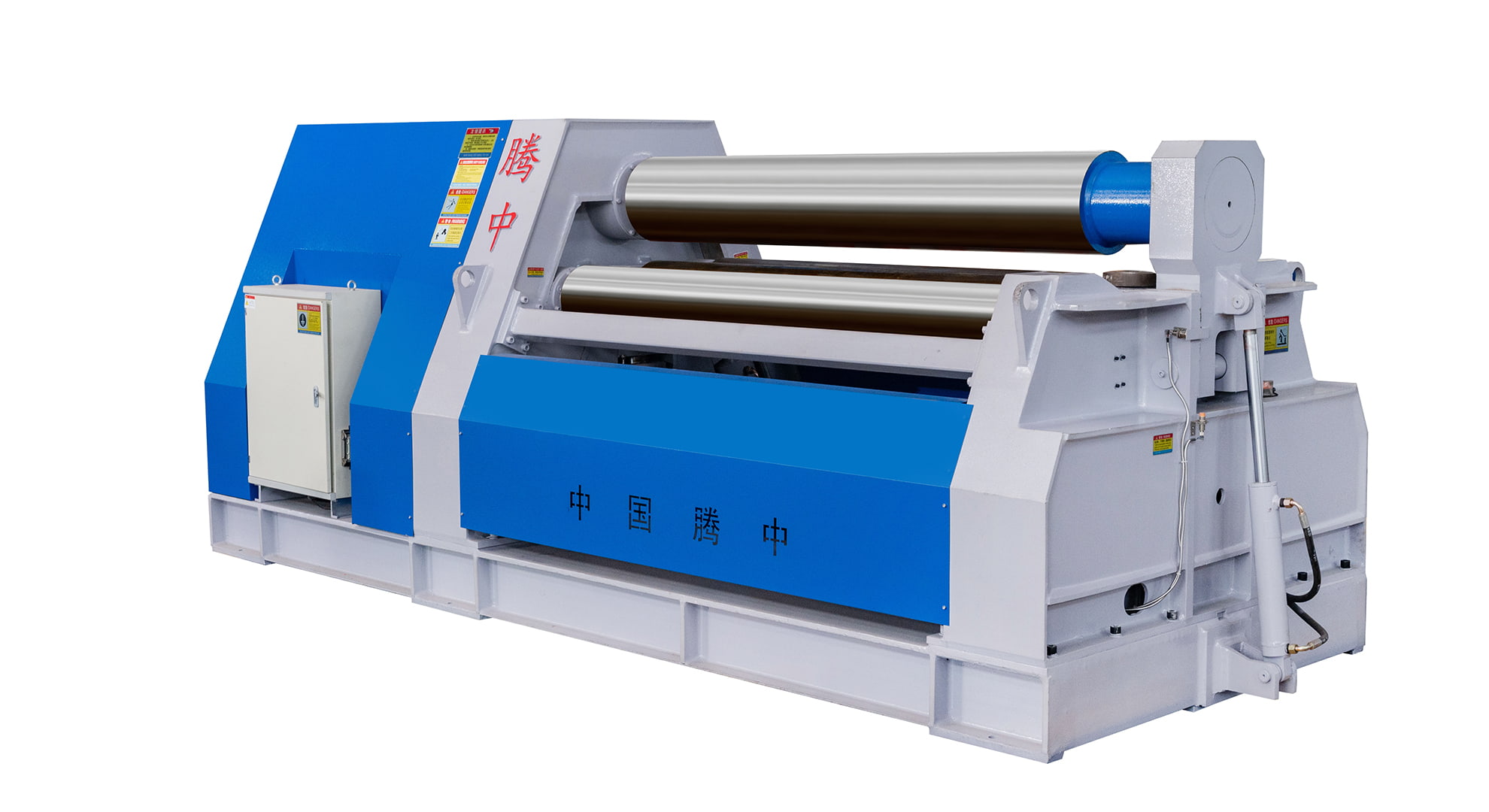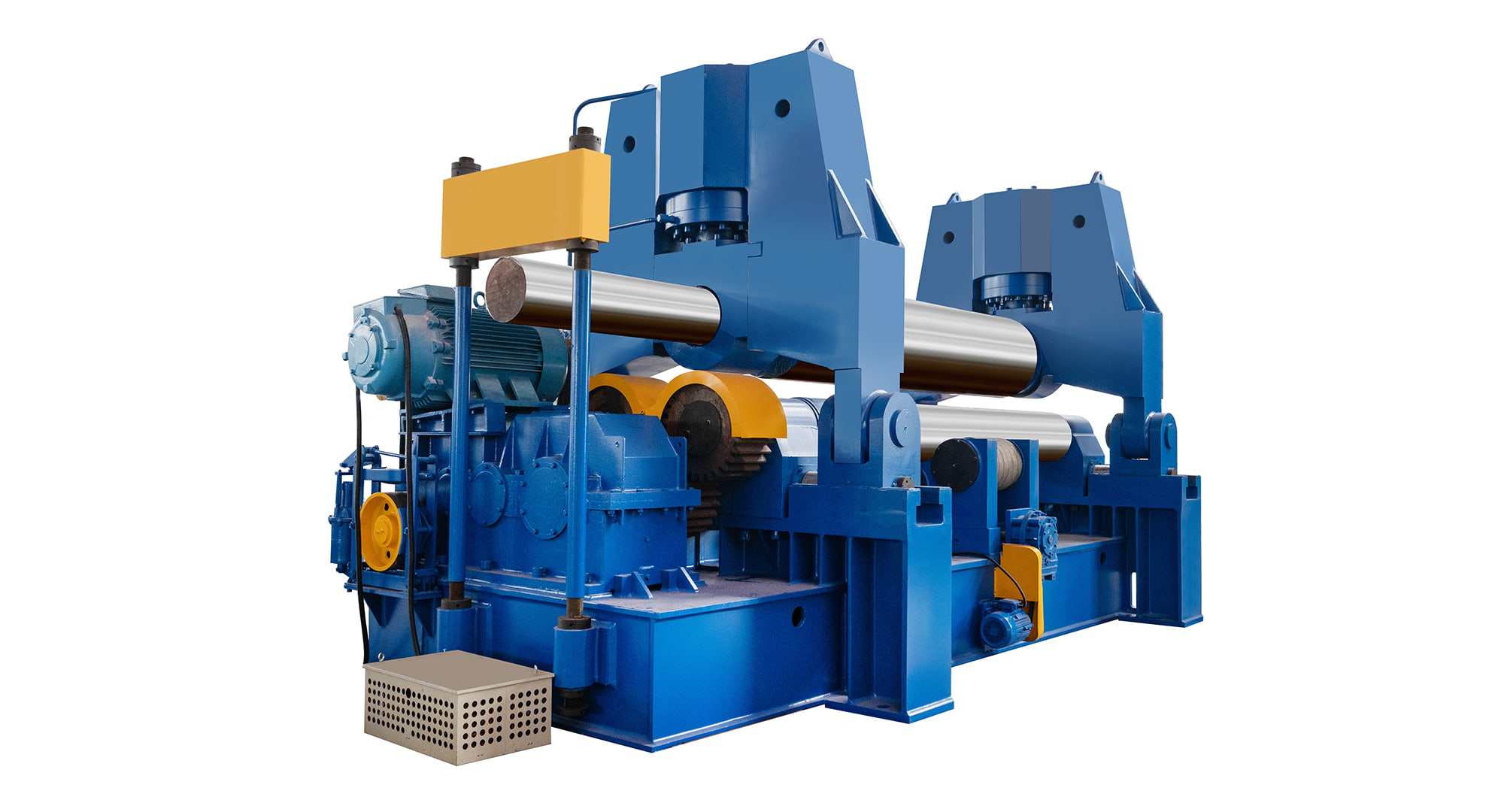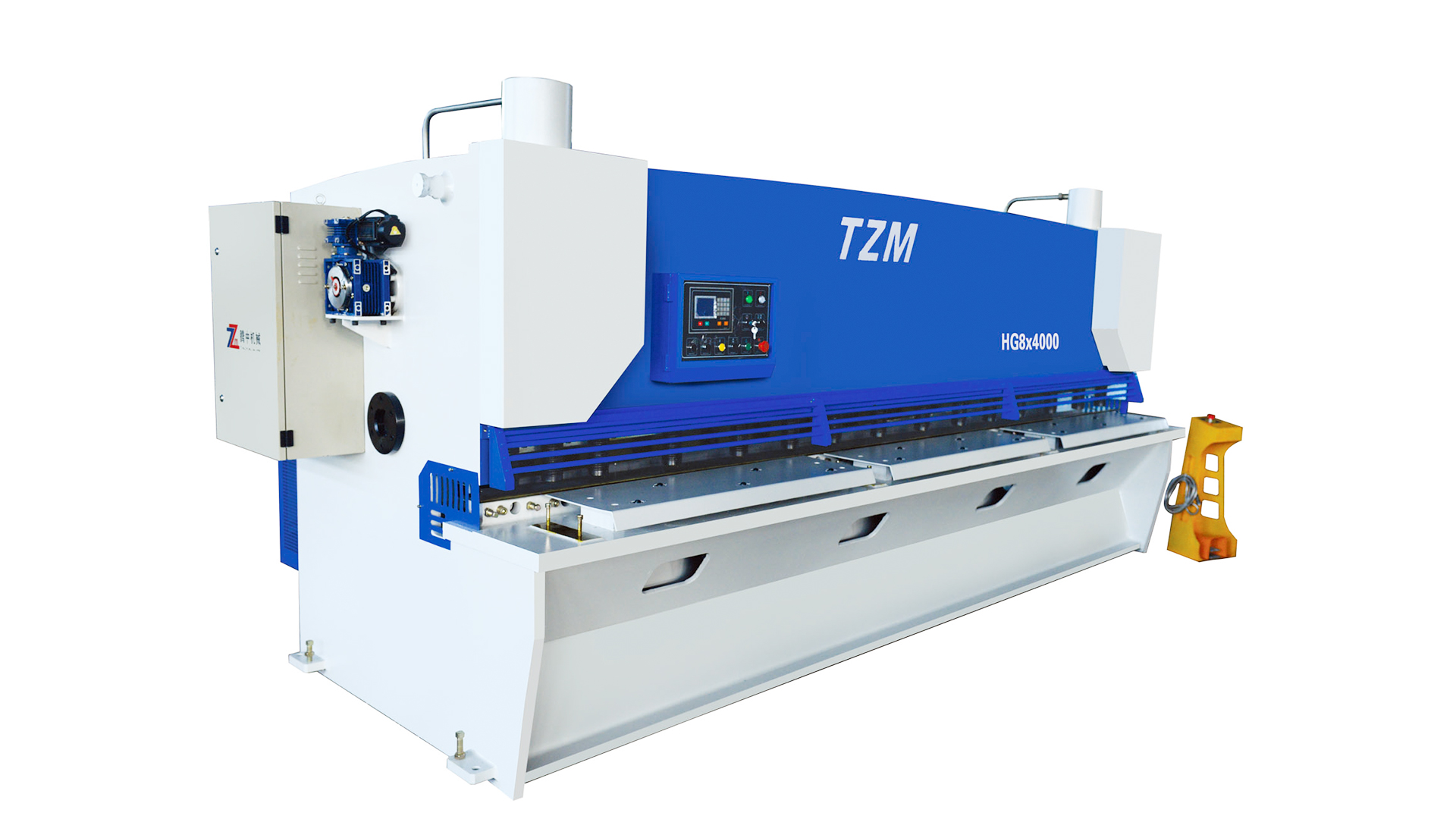What is the Difference Between a Three-Roll and Four-Roll Plate Rolling Machine?
2025-08-22
In the world of metal fabrication, few machines are as fundamental to creating cylindrical and conical shapes as the plate rolling machine. These powerful tools bend flat sheets of metal into curves, forming everything from massive pressure vessels and wind turbine towers to architectural elements and industrial piping. When embarking on the journey to select the right equipment for a shop or project, the most common and critical question that arises is: should you choose a three-roll or a four-roll plate rolling machine?
This isn’t a question of one being universally “better” than the other. Instead, it’s about understanding the fundamental differences in their design, operation, and capabilities to match the right machine to the specific demands of the work. The choice hinges on factors like production volume, required precision, material types, and, of course, budget.
This article will provide a detailed, unbiased comparison of three-roll and four-roll plate rolling machines, breaking down their mechanics, advantages, limitations, and ideal applications to empower you with the knowledge needed to make an informed decision.
The Core Function: How Plate Rolling Works
At its simplest, plate rolling involves elastically and plastically deforming a metal sheet around a central axis. The machine uses a combination of force and precisely positioned rolls to impose a consistent radius on the workpiece. The number of rolls and their configuration directly dictate how the machine handles the metal, particularly at the beginning and end of the bending process.
The Three-Roll Plate Rolling Machine: Simplicity and Strength
The three-roll configuration is the classic, time-tested design. As the name implies, it consists of three rolls: two lower rolls and one upper roll.
There are two primary subtypes of three-roll machines:
Initial Pinch (Pinch Roller): This is the most common type. The two lower rolls are power-driven and fixed in position. The upper roll moves vertically to apply pressure and pinch the sheet against the lower rolls. To start the bend, the metal sheet must be manually fed into the machine until it hits a rear stop. The upper roll descends, pinches the sheet, and the driven lower rolls rotate to pull the material through, bending it against the upper roll.
Pyramid Type: In this older style, the rolls are arranged in a pyramid shape. The top roll is centered above the two bottom rolls. All three rolls can move. While largely superseded by more modern designs, pyramid machines are known for their ability to handle very thick plates.
Key Advantages of a Three-Roll Machine:
Lower Initial Investment: Generally, three-roll machines have a simpler mechanical and hydraulic system, making them more affordable to purchase. This is a significant advantage for smaller fab shops, startups, or operations with a lower plate rolling machine budget.
Robust Construction: With fewer moving parts, they are often built to be extremely rugged and are well-suited for heavy-duty plate rolling and bending very thick steel plate.
Simpler Operation and Maintenance: The control systems are typically less complex, and maintenance can be more straightforward due to the less complicated arrangement of components.
Larger Maximum Capacity: For a given price point, a three-roll machine often boasts a higher maximum thickness capacity compared to a four-roll machine.
Key Limitations of a Three-Roll Machine:
Flat Ends (Pre-Bending Required): This is the most significant drawback. The initial pinch design cannot bend the leading and trailing edges of the plate without a secondary operation. These unbent flat sections must be “pre-bent” on a press brake or by using the rolling machine itself in a cumbersome, multi-step process. This adds time, requires extra operator skill, and can lead to inconsistencies.
Less Precision: Achieving a perfect cylinder with a consistent radius from edge to edge is more challenging and operator-dependent due to the flat end issue.
Lower Efficiency: The need for pre-bending and the manual feeding of material makes the overall process slower, which is less ideal for high-volume metal fabrication environments.
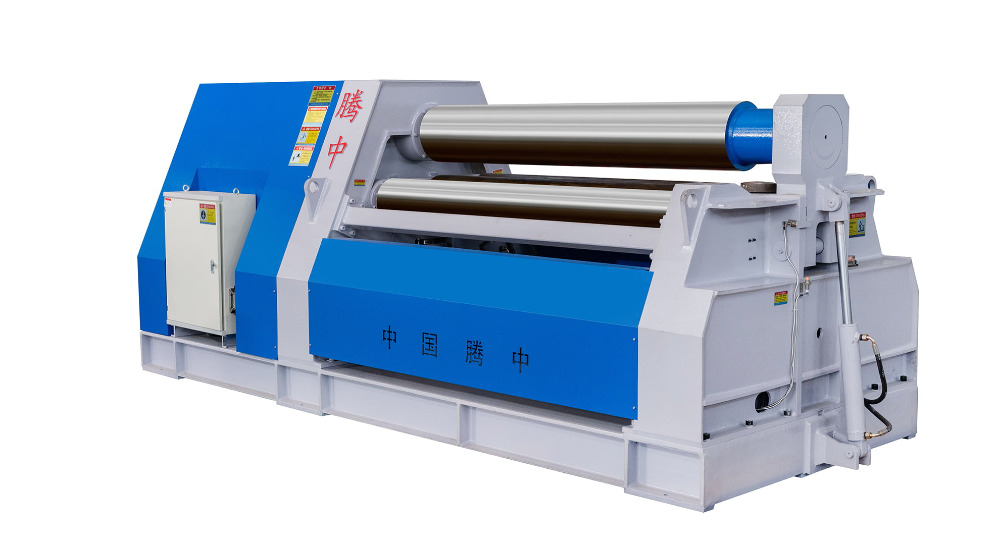
The Four-Roll Plate Rolling Machine: Precision and Efficiency
The four-roll machine adds a critical fourth roll to the equation. It typically features two lower rolls and two upper rolls. The configuration is designed to overcome the primary limitation of the three-roll design.
In a standard four-roll setup:
The lower rear roll is the main driven roll.
The lower front roll and the upper rear roll can move vertically.
The upper front roll is often fixed or can pivot.
The Revolutionary Advantage: Eliminating Flat Ends
The four-roll machine’s genius lies in its ability to grip the plate from both above and below before the bending process begins. Here’s how it works:
Loading: The plate is inserted between the lower front and upper rear rolls.
Clamping: The lower front roll rises, and the upper rear roll descends, firmly clamping the plate. There is no need to feed the plate to a rear stop.
Pre-Bending the Leading Edge: With the plate clamped, the upper front roll descends to pre-bend the leading edge of the plate against the main driven lower rear roll. This happens automatically, right at the start of the cycle.
Rolling: Once the leading edge is bent, the machine proceeds with the full rolling process. The rolls rotate, forming the plate into a cylinder.
Pre-Bending the Trailing Edge: When the roll is nearly complete, the machine can use the same clamping and bending action to pre-bend the trailing edge before the part is completed and released.
This integrated process is why four-roll machines are synonymous with precision plate rolling and CNC plate bending.
Key Advantages of a Four-Roll Machine:
No Flat Ends / Integrated Pre-Bending: The single biggest benefit. It completely eliminates the secondary pre-bending operation, saving a massive amount of time and labor.
Superior Precision and Consistency: The clamping action provides superior control over the workpiece, minimizing slippage and ensuring a perfectly symmetrical cylinder with a consistent radius across its entire length. This is critical for industrial cylinder fabrication.
Increased Productivity and Automation: The process is faster, requires less manual intervention, and is far easier to integrate with CNC control systems. This makes it ideal for automated metal forming cells.
Easier Operation: While the machine itself is more complex, the actual rolling process is often simpler for the operator, requiring less skill to achieve perfect results. Features like cone rolling machine functionality are also often easier and more precise on a four-roll design.
Improved Safety: The operator has less interaction with the moving plate, as it is clamped and controlled throughout the process.
Key Limitations of a Four-Roll Machine:
Higher Initial Cost: The added complexity of the fourth roll, its drive system, and the more sophisticated controls result in a higher purchase price.
Slightly Lower Maximum Capacity: For a machine of a similar physical size and cost, a four-roll might have a slightly lower maximum thickness capacity than a rugged three-roll machine, as some strength is traded for complexity and precision.
Increased Maintenance Complexity: With more moving parts and advanced hydraulics and electronics, maintenance requires more specialized knowledge.
Head-to-Head Comparison: A Summary Table
| Feature | Three-Roll Machine (Initial Pinch) | Four-Roll Machine |
| Number of Rolls | 3 | 4 |
| Initial Cost | Lower | Higher |
| Pre-Bending | Separate, secondary operation required | Integrated, automatic operation |
| Flat Ends | Yes, on both ends of the cylinder | No, fully formed cylinder |
| Precision | Good, but operator-dependent | Excellent, consistent, and repeatable |
| Productivity | Lower, due to secondary operations | Higher, continuous and automated workflow |
| Ideal For | Small fab shop equipment, heavy, single-pass bending, shops with existing press brakes for pre-bending | High-production manufacturing, precision metalworking, shops focused on efficiency and output |
| Operator Skill | Requires higher skill for pre-bending and achieving consistency | Easier to operate for consistent results once set up |
| Cone Rolling | Possible but often more challenging | Generally easier and more precise |
Making the Right Choice for Your Operation
The decision between a three-roll and four-roll machine ultimately boils down to your specific needs.
Choose a Three-Roll Plate Rolling Machine if:
Your metal fabrication business is on a tight budget.
Your work is primarily focused on heavy gauge plate rolling where extreme thickness is the primary concern, not high-volume output.
You already have a capable press brake that can handle pre-bending operations.
Your production runs are shorter, and you can tolerate the extra time required for pre-bending.
You work on a wide variety of one-off projects rather than repetitive, high-volume runs.
Choose a Four-Roll Plate Rolling Machine if:
Productivity and efficiency are your top priorities.
You require high precision and consistent quality for every part, such as in pressure vessel manufacturing or commercial pipe rolling.
You want to reduce labor costs and manual handling by automating the bending process.
You plan to integrate the machine into a CNC metal fabrication workflow.
The higher initial investment can be justified by a faster return on investment (ROI) through increased throughput and lower labor costs.
Conclusion
In the debate between three-roll and four-roll plate rolling machines, there is no outright winner. The three-roll machine remains a pillar of strength and affordability, a perfect fit for many job shops that value robustness and have the means to handle its operational quirks. Conversely, the four-roll machine is a testament to modern engineering efficiency, designed to maximize output, precision, and profitability in demanding production environments.
Understanding the core mechanical differences—most notably the four-roll’s ability to clamp and pre-bend automatically—is the key to evaluating their value for your sheet metal machinery needs. By carefully weighing your project requirements, production volume, and financial parameters, you can select the machine that will truly shape the future of your fabrication capabilities.

 English
English русский
русский Français
Français Español
Español Português
Português عربى
عربى



